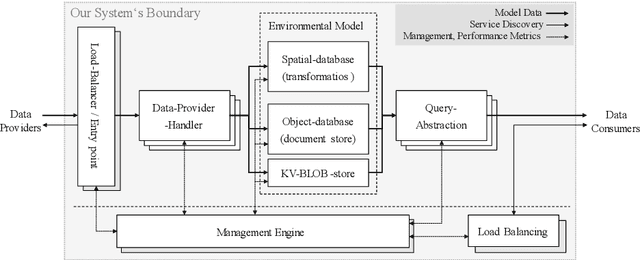Thorsten Schüppstuhl
Industrial Language-Image Dataset (ILID): Adapting Vision Foundation Models for Industrial Settings
Jun 14, 2024Abstract:In recent years, the upstream of Large Language Models (LLM) has also encouraged the computer vision community to work on substantial multimodal datasets and train models on a scale in a self-/semi-supervised manner, resulting in Vision Foundation Models (VFM), as, e.g., Contrastive Language-Image Pre-training (CLIP). The models generalize well and perform outstandingly on everyday objects or scenes, even on downstream tasks, tasks the model has not been trained on, while the application in specialized domains, as in an industrial context, is still an open research question. Here, fine-tuning the models or transfer learning on domain-specific data is unavoidable when objecting to adequate performance. In this work, we, on the one hand, introduce a pipeline to generate the Industrial Language-Image Dataset (ILID) based on web-crawled data; on the other hand, we demonstrate effective self-supervised transfer learning and discussing downstream tasks after training on the cheaply acquired ILID, which does not necessitate human labeling or intervention. With the proposed approach, we contribute by transferring approaches from state-of-the-art research around foundation models, transfer learning strategies, and applications to the industrial domain.
Industrial Segment Anything -- a Case Study in Aircraft Manufacturing, Intralogistics, Maintenance, Repair, and Overhaul
Jul 24, 2023Abstract:Deploying deep learning-based applications in specialized domains like the aircraft production industry typically suffers from the training data availability problem. Only a few datasets represent non-everyday objects, situations, and tasks. Recent advantages in research around Vision Foundation Models (VFM) opened a new area of tasks and models with high generalization capabilities in non-semantic and semantic predictions. As recently demonstrated by the Segment Anything Project, exploiting VFM's zero-shot capabilities is a promising direction in tackling the boundaries spanned by data, context, and sensor variety. Although, investigating its application within specific domains is subject to ongoing research. This paper contributes here by surveying applications of the SAM in aircraft production-specific use cases. We include manufacturing, intralogistics, as well as maintenance, repair, and overhaul processes, also representing a variety of other neighboring industrial domains. Besides presenting the various use cases, we further discuss the injection of domain knowledge.
Semantically enriched spatial modelling of industrial indoor environments enabling location-based services
Dec 22, 2021
Abstract:This paper presents a concept for a software system called RAIL representing industrial indoor environments in a dynamic spatial model, aimed at easing development and provision of location-based services. RAIL integrates data from different sensor modalities and additional contextual information through a unified interface. Approaches to environmental modelling from other domains are reviewed and analyzed for their suitability regarding the requirements for our target domains; intralogistics and production. Subsequently a novel way of modelling data representing indoor space, and an architecture for the software system are proposed.
* 3. Kongresses Montage Handhabung Industrieroboter MHI
 Add to Chrome
Add to Chrome Add to Firefox
Add to Firefox Add to Edge
Add to Edge